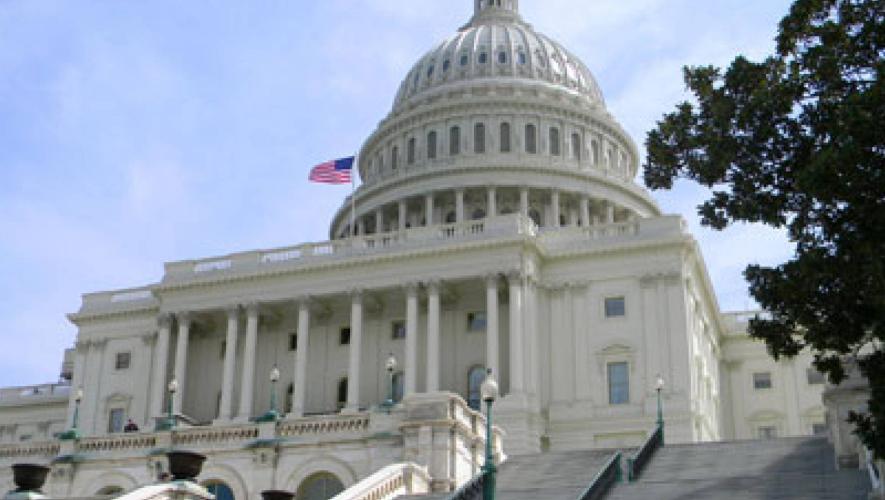General aviation (GA) pilots have just 12 months to obtain new European licenses to enable them to fly European Aviation Safety Agency (EASA)-approved aircraft in European Union member states beginning in April next year. EASA proposals for flight-crew licences (FCLs) have completed all pre-regulatory stages and translation and were expected to go to the European Parliament by early April and become law by mid-year. When the EASA takes over in April 2012, national aviation authorities (NAAs) will lose responsibility for local pilot licensing, according to Peter Moxham,a co-opted member of the EASA FCL 001 Working Group and chairman of the Royal Aeronautical Society Flight Operations Group.
Because the region’s Joint Aviation Authorities regulations (JARs) have no legal force, there is no current Europe-wide legislation and the NAAs have cherry-picked preferred standards for local application. With many different standards in place across Europe, the EASA was established in 2002 to unify aviation rule-making and propose legislation. JAA did standardize commercial-pilot licences (CPLs), but private flying licenses and ratings continued to vary between and among countries.
Moxham told pilots, instructors and flight-training organizations at the British Business and General Aviation Association (BBGA) annual conference in March that EASA FCL proposals “almost certainly” will become law next year, with no amendments possible before 2014 (to take effect in 2015). “We must live with what’s there and try to find solutions.”
He believes many EASA FCL assumptions are mistaken and that numerous amendments will be necessary “to make the whole thing work.” The EASA has not published or made available its opinion–that is, draft legislation sent to the European Commission for further process by the Commission (or the Council of Ministers and the European Parliament) before enactment.
Although European law preempts national law and EASA regulations should be applied identically in all European Union (EU) member states, an “enormous” number of potential interpretations are possible, according to Moxham. He hopes that the European Council of General Aviation Support, a federation of national GA lobby groups, can be used to develop proposals to amend the FCL regulations in 2014.
To fly an EASA-registered aircraft, pilots will require an EASA license, which can be converted from a JAA license. Cliff Whitaker, head of licensing and training at the UK Civil Aviation Authority (CAA)–Europe’s largest NAA–reminded BBGA delegates that JARs end on April 7, 2012, after which date all JAA licenses must be converted to new EASA documents upon expiration. Under current arrangements, EU national licences still can be converted to JAR documents before conversion to EASA licences by April 8, 2014 (which means paying twice), or can be changed directly to EASA documents during between 2012 and 2014.
Recognition of various anomalies in EASA proposals has led to the establishment of the new FCL 002 rule-making group, whose proposals could be candidates for introduction as amendments in 2014. Whitaker says that many specific questions “highlight the lack of industry appreciation of the implications of EASA requirements.” For example, there are unresolved queries about the validity of multi-engine pilot-in-command time in relation to certain experience thresholds outlined in EASA CPL proposals. Other questions cover areas such as CPL licensing of military pilots, including differences between military and EASA requirements.
Under the proposed FCL regulations, to fly an EU member-state aircraft will require an EASA license or validation of a non-EU pilot’s licence in the state or country of flight. The same applies to foreign aircraft; for example, for a pilot with a U.S. license to fly a U.S.-registered aircraft belonging to a non-EU operator within the EU requires a European validation, which is available for one-time use. This will provide a challenge for “seasonal” wet-lease aircraft since the operator must use a different crew each time because no repeat license validation is available. o






